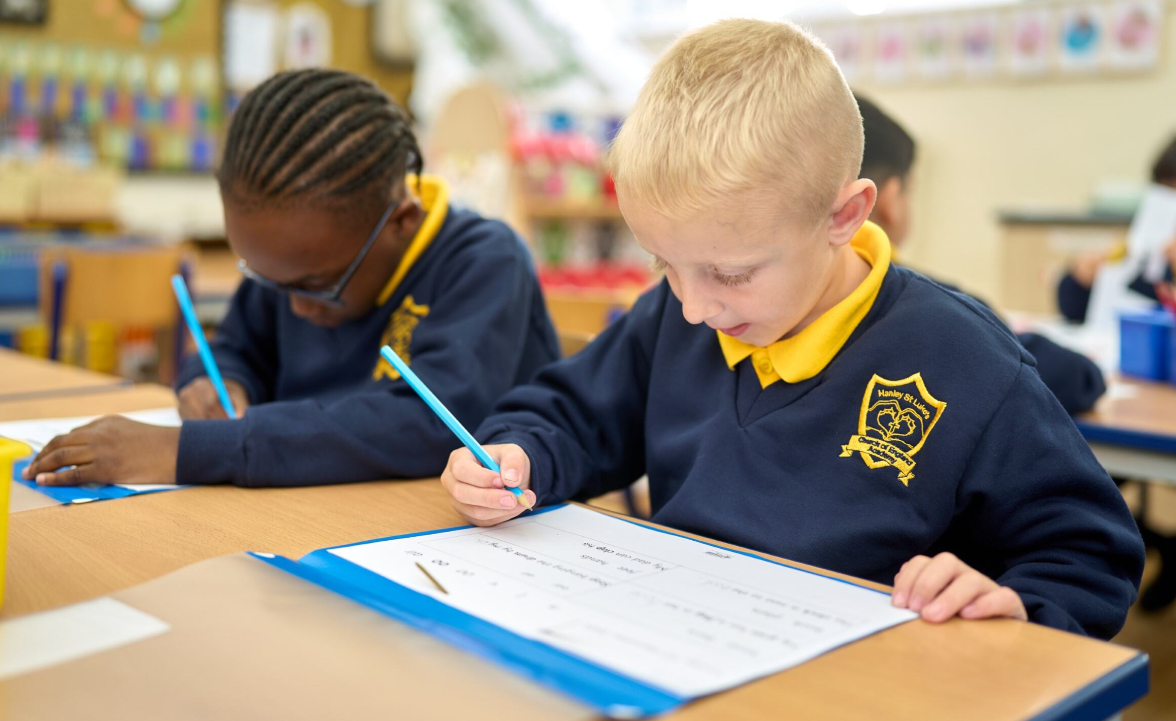Phonics and Early Reading


At Hanley St. Luke’s, we believe that phonics is the key to helping every child become a confident, fluent reader and writer. We use the Supersonic Phonic Friends programme—a fun, active, and highly engaging approach to teaching systematic synthetic phonics from Nursery to Year 2, and beyond where needed.
Rooted in the Letters and Sounds framework and aligned with the Early Years Foundation Stage and National Curriculum, the programme provides a clear and consistent structure across the school. Children go on an exciting phonics adventure, guided by memorable woodland characters, rhymes, and actions that make learning meaningful and enjoyable.
Our aim is simple: to give every child the strongest possible start in reading and writing—and to inspire a lifelong love of books and learning.
For more information click here.

